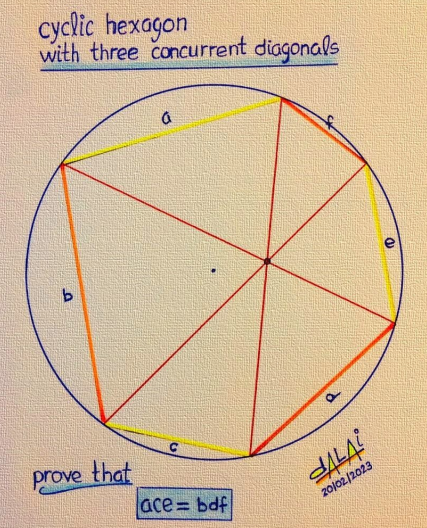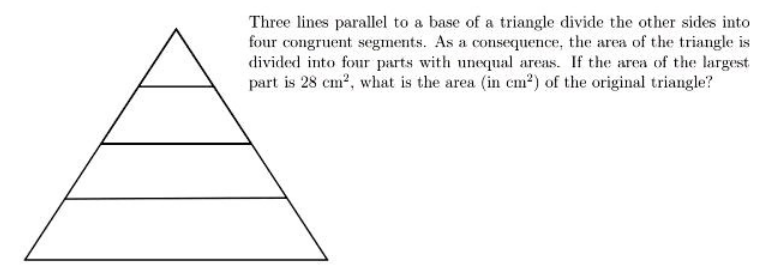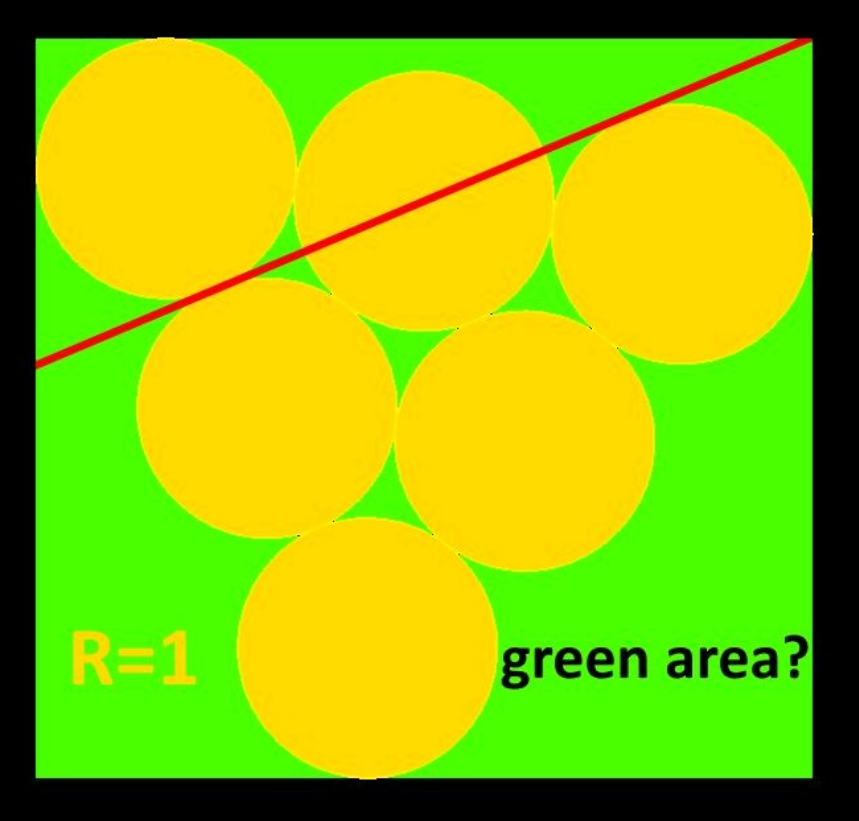
AllQuestion and Answers: Page 336
Question Number 187730 Answers: 1 Comments: 0
Question Number 187729 Answers: 0 Comments: 0

Question Number 187721 Answers: 1 Comments: 0

Question Number 187716 Answers: 2 Comments: 0

Question Number 187714 Answers: 1 Comments: 2

Question Number 187713 Answers: 1 Comments: 1

Question Number 187706 Answers: 1 Comments: 0

Question Number 187711 Answers: 0 Comments: 0
Question Number 187703 Answers: 2 Comments: 0
Question Number 187701 Answers: 1 Comments: 0

Question Number 187700 Answers: 0 Comments: 1
Question Number 187695 Answers: 2 Comments: 0
Question Number 187689 Answers: 2 Comments: 0

Question Number 187691 Answers: 0 Comments: 0
Question Number 187690 Answers: 0 Comments: 0

Question Number 187683 Answers: 1 Comments: 0

Question Number 187675 Answers: 1 Comments: 1

Question Number 187672 Answers: 2 Comments: 0
Question Number 187662 Answers: 1 Comments: 0

Question Number 187651 Answers: 2 Comments: 0
Question Number 187645 Answers: 1 Comments: 0

Question Number 187640 Answers: 2 Comments: 1

Question Number 187639 Answers: 2 Comments: 1

Question Number 187629 Answers: 0 Comments: 1
Question Number 187619 Answers: 1 Comments: 0
Question Number 187613 Answers: 3 Comments: 1
Pg 331 Pg 332 Pg 333 Pg 334 Pg 335 Pg 336 Pg 337 Pg 338 Pg 339 Pg 340
